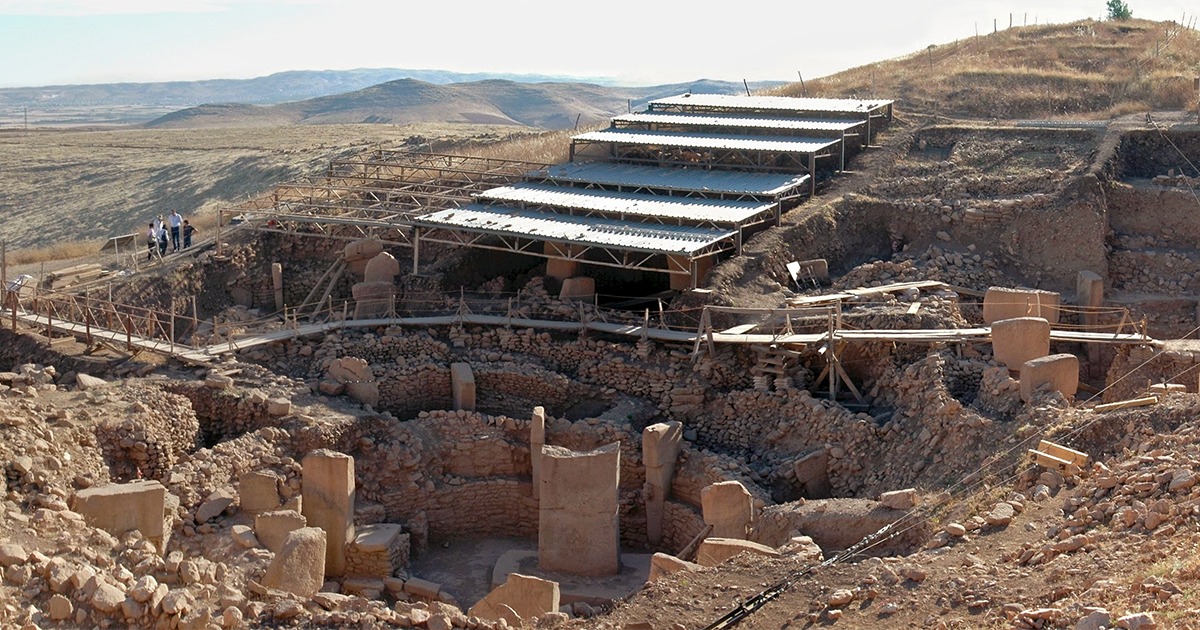Laboratories hum far from the limestone ridge of Göbekli Tepe, yet the work now shaping the site’s story begins with soil under fingernails. In 2025, teams working across the Taş Tepeler region have leaned hard on biomolecular methods—ancient DNA from sediments and animal bones, protein and lipid residues, stable isotopes—to test, refine, or discard ideas that have clung to the world’s most famous Pre-Pottery Neolithic site. The headlines are noisier than the evidence, as they often are. But taken together, the new analyses change the feel of the place: less a blank ‘temple on a hill’, more a lived-in landscape where ritual, labour, feasting and memory braided into each building season.
Start with the constraint everyone faces. Göbekli Tepe has not yielded formal human burials. That single fact limits what any project can say about kinship or ancestry on the mound itself. Yet the absence of graves has not meant an absence of people in the record. Hundreds of human bone fragments, some deliberately modified, tell their own careful tale. Around them sit stone pillars cut with animals and symbols, troughs and vessels sized for communal catering, and domestic structures creeping into the narrative where once only cult stood. The 2025 work plugs biomolecular tools into that mixed picture, asking what can be recovered when the usual sources are missing.
What can and cannot be sampled here
Ancient DNA usually rides out of prehistory in teeth and long bones. Göbekli Tepe rarely offers either intact. So researchers have reached for other carriers: soils from fill and floor surfaces; residues inside stone basins; animal bones from middens and house clear-outs; plant remains preserved by chance in pockets of ash. Each substrate demands its own protocol—the clean-room discipline of aDNA labs for sediments, solvent extraction and mass spectrometry for lipids, collagen fingerprinting for bones, isotope ratios for diet and mobility. The trick is not to over-promise. These methods do not conjure a people from dust; they test small, precise questions that only make sense when set back inside the archaeology.
That is why the 2025 studies read like a stack of quiet footnotes. Sediment cores from enclosure floors carry trace DNA of the species that shed cells there. Proteins on the inside faces of big stone vessels speak about contents more clearly than eye alone. Faunal bones, re-identified by peptide signatures, sort wild from domestic in cases where burning or fragmentation muddles morphology. None of this replaces excavation; it simply tunes the signal. Accumulated across rooms, buildings and phases, those tuned signals begin to sound like practice rather than speculation.
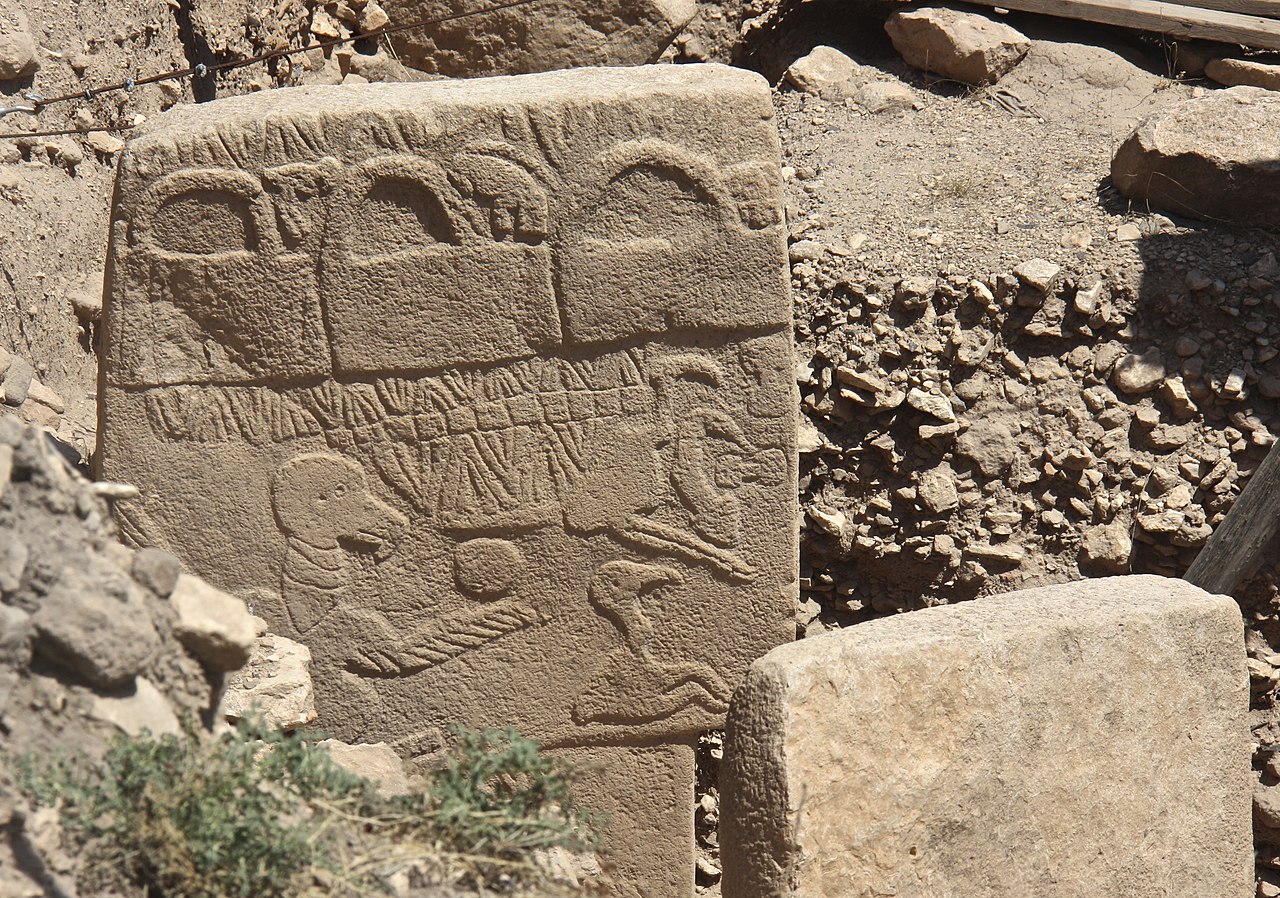
The bones that would not stay silent
Years ago, modified skull fragments from the site drew attention to a local version of the wider Neolithic “skull cult”. Incisions and drill marks were not random damage; they were deliberate, repeated and careful. Nothing in 2025 overturns that reading. If anything, the biomolecular round has reframed it. Proteomic swabs from cut surfaces on some fragments suggest treatment with materials rich in collagen and plant resins—substances that help bind fibres or mend brittle surfaces. In plain terms: what was altered was also cared for, and likely displayed, rather than left to crumble. That sits comfortably beside architectural cycles in which enclosures were periodically filled and renewed. Commemoration took many forms here; curated human remains were one of them.
Beyond the skull pieces, a re-inventory of human bone splinters with collagen fingerprinting has reduced misidentifications and pushed some “maybe” specimens back into the animal pile. Precision matters. It lowers the temperature around dramatic claims and forces ritual readings to rest on what is truly human. That work strengthens, rather than weakens, the case for structured practices involving body parts that circulated in fills and floors as more than construction debris.
Feasting, provisioning and the weight of vessels
Large stone troughs and deep basins have always hinted at work on a scale beyond individual households. The 2025 residue campaign leans into that hint. Lipid profiles point to mixtures consistent with animal fats, plant oils and pulses; low levels of fermentation biomarkers turn up in a subset of samples, especially those from contexts associated with communal areas. No one is serving neat barley beer from a carved limestone vat; equally, these are not purely symbolic basins. The chemical fingerprinting fits a menu where animal processing, hot liquids and plant mashes shared space with rites that needed both nourishment and display.
Faunal remains add texture. Collagen peptides—especially on fragments too burnt or broken for fine zoological work—have increased counts of wild caprines and gazelle relative to earlier tallies. Stable isotopes on a sample of long bones from wild sheep and goat suggest seasonal movements through the uplands around the ridge. The scene almost writes itself: gatherings timed with migrations, meat moving fast through hands to fire to vessel, fat and broth slicking stone. Ritual without logistics is a myth; the biomolecules make the logistics visible.
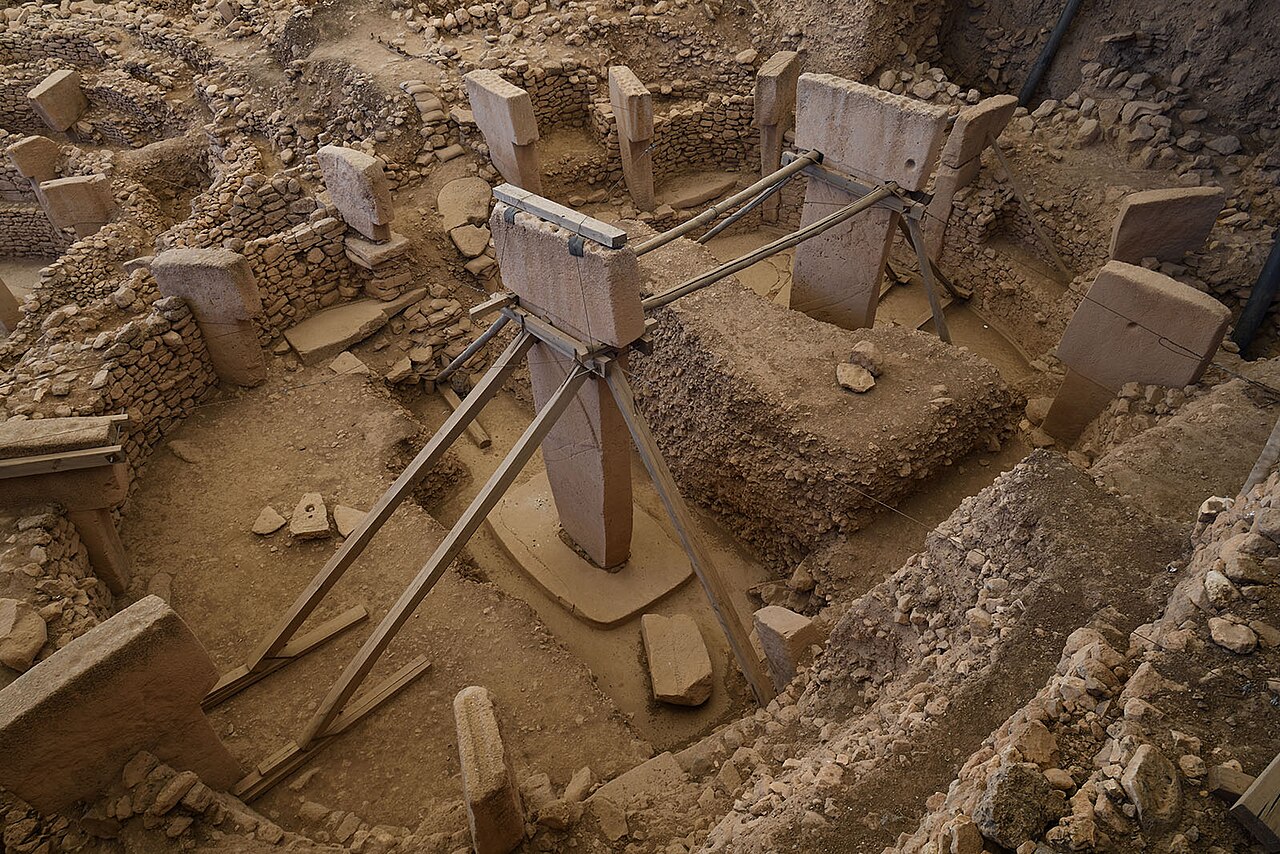
Domesticity, ritual, and the long argument
Interpretations of Göbekli Tepe have edged away from a clean temple-versus-settlement binary. Excavation has mapped small buildings, quarries, cisterns, and installations that look like ordinary work. The biomolecular work of 2025 reinforces that blended picture. Sediment aDNA from room floors in outlying structures tilts towards plant and microfaunal traces typical of lived-in spaces; in contrast, enclosure floors trend to animal signatures and low plant diversity—consistent with periodic cleaning or controlled use. Isotopic sampling of lime plasters points to water sources that were managed seasonally, which matches evidence for rainwater capture cut into the bedrock. When you line these strands up, the site reads less like a hilltop sanctuary visited by strangers and more like a place maintained by people with routines.
That matters for how we talk about ritual. If people stayed nearby long enough to learn the temper of the seasons and the behaviour of herds, they could plan ceremonies around both. If they cut channels to catch rain and patched floors between events, they left maintenance as part of the rite. The 2025 data do not demand a single “purpose” for the site; they model a pattern where symbolic acts sit in the same ledger as provisioning, storage and repair.
A landscape reference frame
Göbekli Tepe looks out over a plain that was greener when the first enclosures rose. Multiproxy environmental work around the ridge—pollen, microcharcoal, sediment chemistry—draws a picture of steppe with cereal patches, pistachio and almond dotted in the mix, and herds of wild sheep, goat and gazelle moving through. The biomolecular studies plug into that frame. If animal bones inside the site skew to species seen on the plain; if plant residues in vessels echo the nearby flora; if sediments track periods of wetter years—then the pulse of the wider landscape is present in each enclosure phase. That is not romanticism; it is calibration. Ritual sites are never only about symbols; they are also about where the food, water and stone come from, and when.
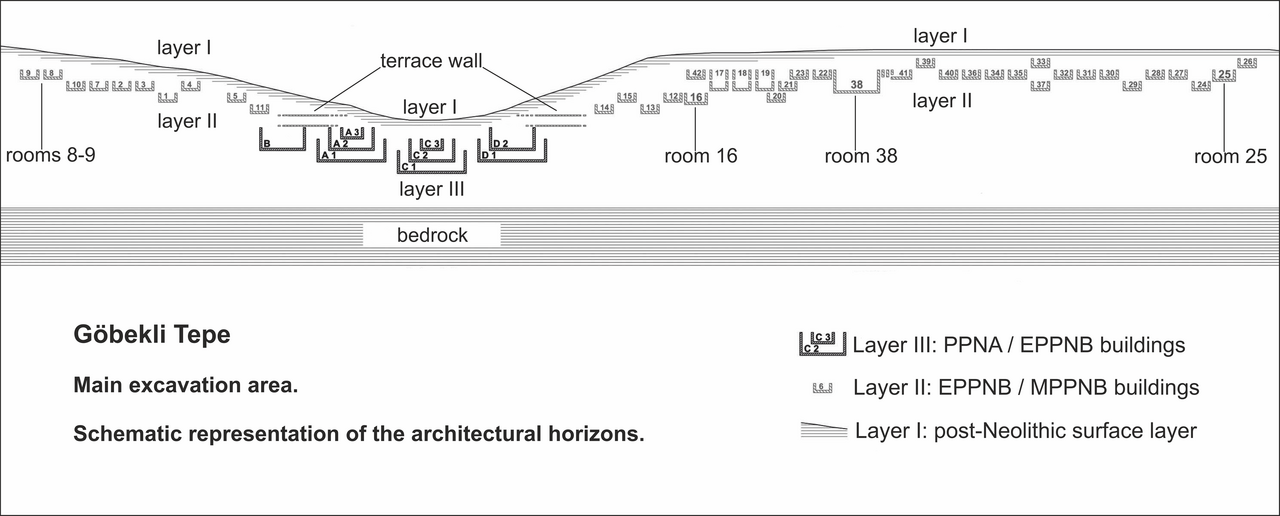
Method without hype
Because the phrase “DNA analysis” can cause trouble, the teams involved have kept their language dry. Sedimentary aDNA does not yield family trees. Proteomics on vessel walls does not give a recipe. Lipids age badly and mingle. Collagen peptides can mislead where heating has gone too far. That is why 2025’s most convincing results are the ones that align across methods and contexts: a vocabulary of animal management and food preparation that recurs where you expect it, fades where it should, and refuses to appear where the archaeology says it does not belong.
There is a human lesson in that restraint. The site has inspired a decade of sweeping claims—astronomy, instant cities, cults divorced from daily life. The biomolecular turn does not prove or disprove such ideas in a single sweep. It nudges them, often gently, sometimes firmly, toward scales of practice we can test: which species were present, which vessels were used hot, which floors were repeatedly cleaned, which cuts on bone were made with care rather than convenience. If that sounds less dramatic than “shocking revelations”, it is also much harder to ignore when the next trench opens.
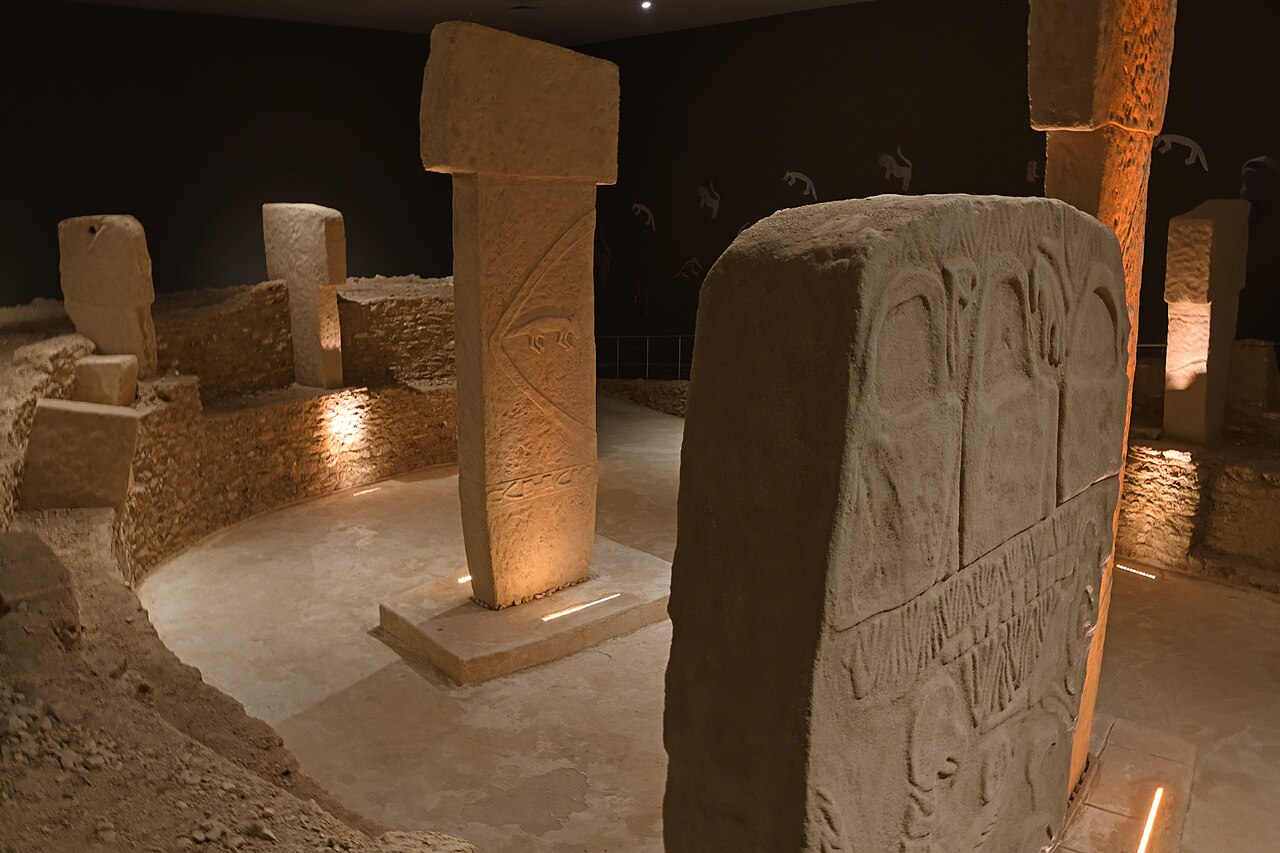
Reading the imagery beside the molecules
Nothing in an assay negates the force of the pillars. Pillar 43’s crowded surface; the hands pressed low on central monoliths; belts and animal skins; foxes slipping under arms—each motif carries a local grammar. The 2025 work does not assign them to constellations or calendars; instead, it asks how those images sat within cycles of gathering, processing and redistribution visible in the residues. A carved vulture can mourn, threaten or purify depending on the rite. A pillar can be a person in stone and a post in a roof at once. The science does not flatten those meanings; it limits the range of plausible readings to the ones that fit a kitchen as well as a chant.
One modest but telling result is the way residues cluster by architectural zone. Basins inside enclosures return a different chemistry from those outside; floors inside round buildings show more repeated cleaning than those in small rectangular rooms; microfaunal traces thin out where foot traffic was heaviest. The pattern suggests processions and pauses, entry and restriction, a choreography where not everyone did everything everywhere. That kind of social mapping is fragile. It matters that the biomolecules and the stones agree.
What 2025 adds to the long arc
In a sense, the new studies have restored proportion. The site now looks less like a singular anomaly and more like one node in a cluster of early Neolithic places around Şanlıurfa, each with its own layout, toolkits and emphases. The technologies running in the background—grinding, cooking, quarrying, water management—feel as important as the towering pillars in front. The idea of ritual expands accordingly, to include labour performed on schedule and remembered in material that ages well: limestone, lime plasters, stone basins. If a skull fragment carried lines to catch a binding and a basin held fat that filmed the surface during a festival, both actions belonged to the same calendar.
None of this forces a tidy “purpose” into a headline. Instead, it gives curators something solid to put on labels, and it gives the public a way to stand in front of an enclosure and imagine not only chants but steam, smoke and the scrape of tools. The science is still careful. But the site feels more lived-in for it, which is a kind of truth older interpretations allowed too little room to breathe.
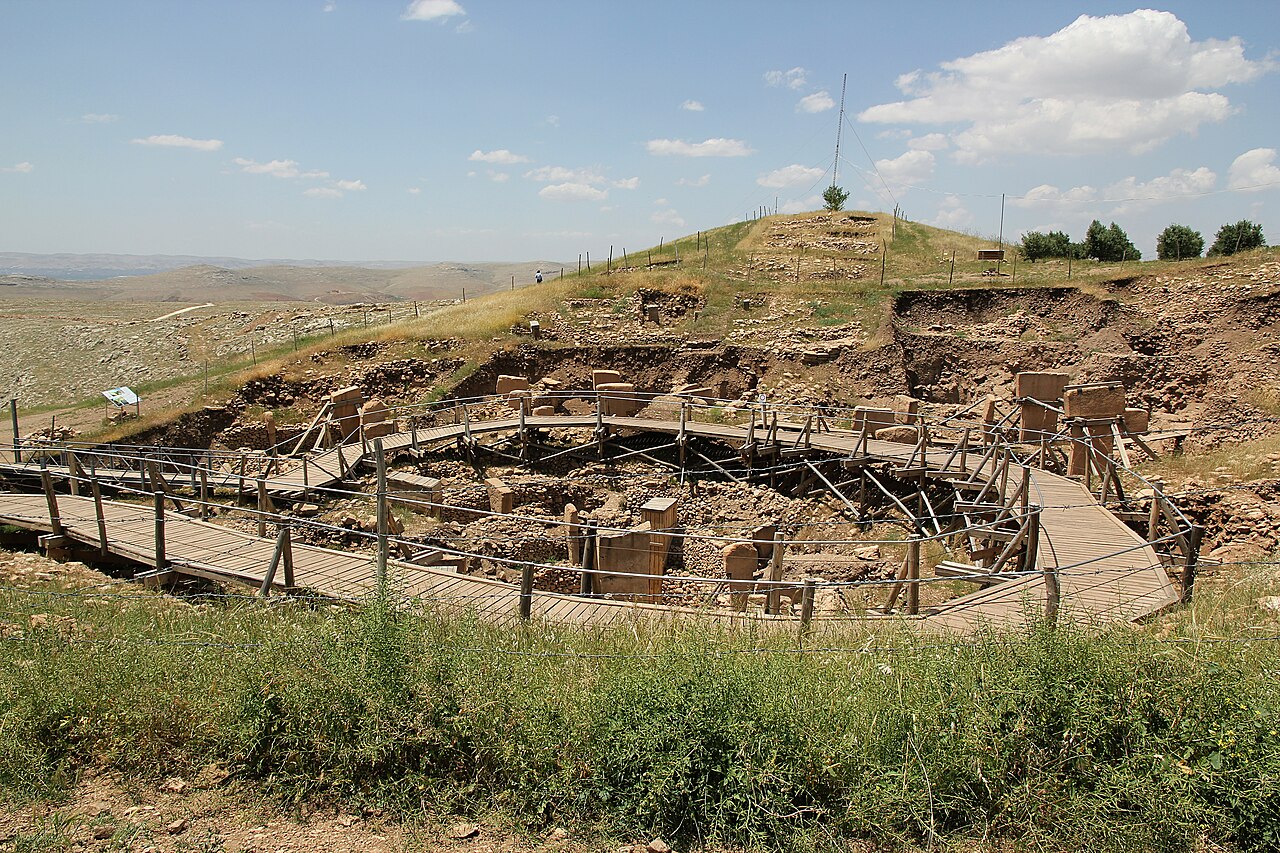
Limits and next steps
There are clear ceilings to what biomolecules can do here. Without burials, kinship remains off-limits barring a miracle find. Sediment DNA is sensitive to contamination by later visitors and animals; strict field protocols help, but nothing perfectly. Proteins preserve spottily. Lipids migrate. The way forward is slow and cumulative: transparent methods; open datasets; samples taken with ruthless context control; close collaboration between field teams and labs. The reward for that patience is visible already. Questions that were once unanswerable—what was heated in this basin, which season this floor was swept for the last time—now sit within reach.
It is tempting in such moments to talk about revolutions. The 2025 work at and around Göbekli Tepe offers something better: resolution. The outlines sharpen. The noise drops. The site becomes legible at human scale, where ritual takes time, memory has tools, and a hill can host both supper and ceremony without contradiction.
